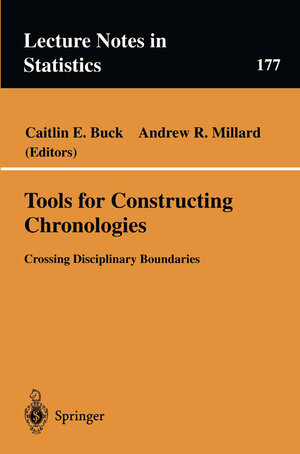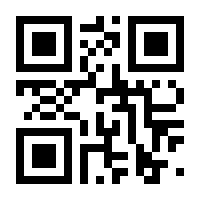
From the reviews:
"Here's a good book on 'dating' that, luckily, won't find its way to the self-help section of your local bookstore!„ Journal of the American Statistical Association, December 2005
“The main focus of the volume is a better analysis of chronological data … . The editors have done a good job … . I recommend reading the preface first to get the full benefit out of this volume. This volume is aimed towards applied statisticians, archaeologists, and geologists, among others. By reading this volume, one gets the feeling that statistics is a wonderful subject and is useful in many walks of life!„ (Technometrics, Vol. 49 (2), 2007)
“This book provides techniques of extracting more information out of existing data. … is structured in a very interesting way. … many different scientific disciplines are covered throughout the book, providing real-life, and current examples with their associated problems. … the structure of this book allows statisticians to become familiar with this field … . one of the book’s greatest strengths is how it allows the reader to become completely involved in the construction of chronologies, thus promoting further thought and development in this area.„ (Alex Brink, SASA News, September, 2005)
“Taking my cue from the title of this book, the tools in question are statistical tools, principally Bayesian ones … . They present a useful overview in their preface and have made cross-links from one chapter to another. … What the book offers is a strong message that good statistical modeling is of huge assistance in building reliable chronologies and understanding their limitations, as well as calling for greater cross-fertilization between (sub)disciplines in respect of the statistical advances and tools … ." (M. C. Jones, Journal of the Royal Statistical Society, Vol. 168 (1), 2005)



